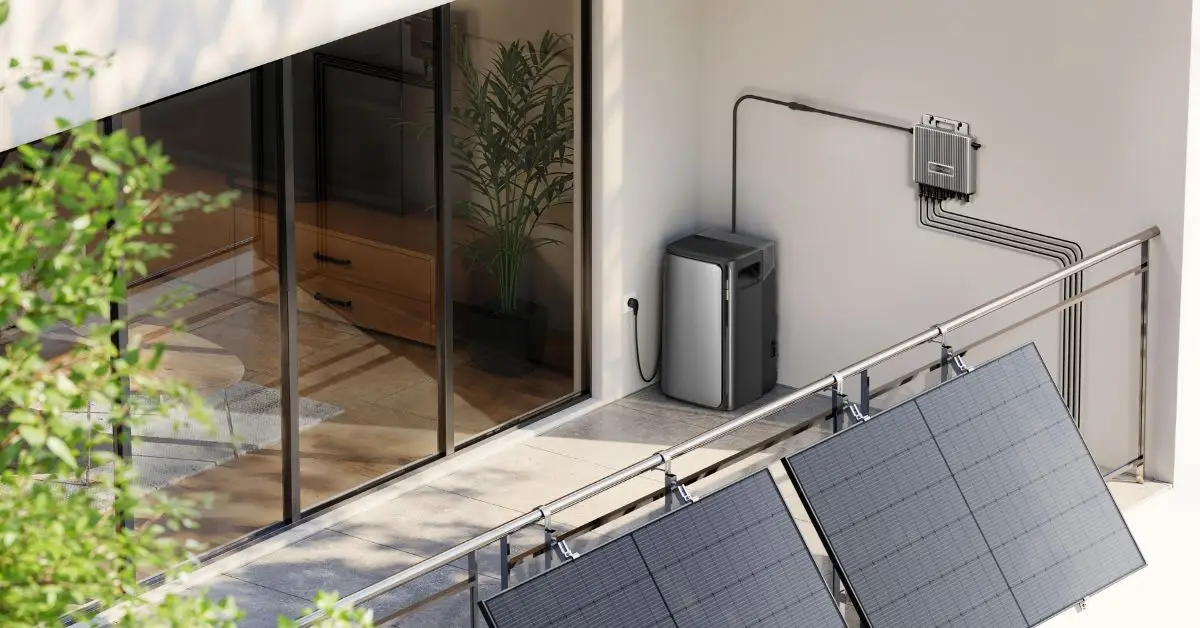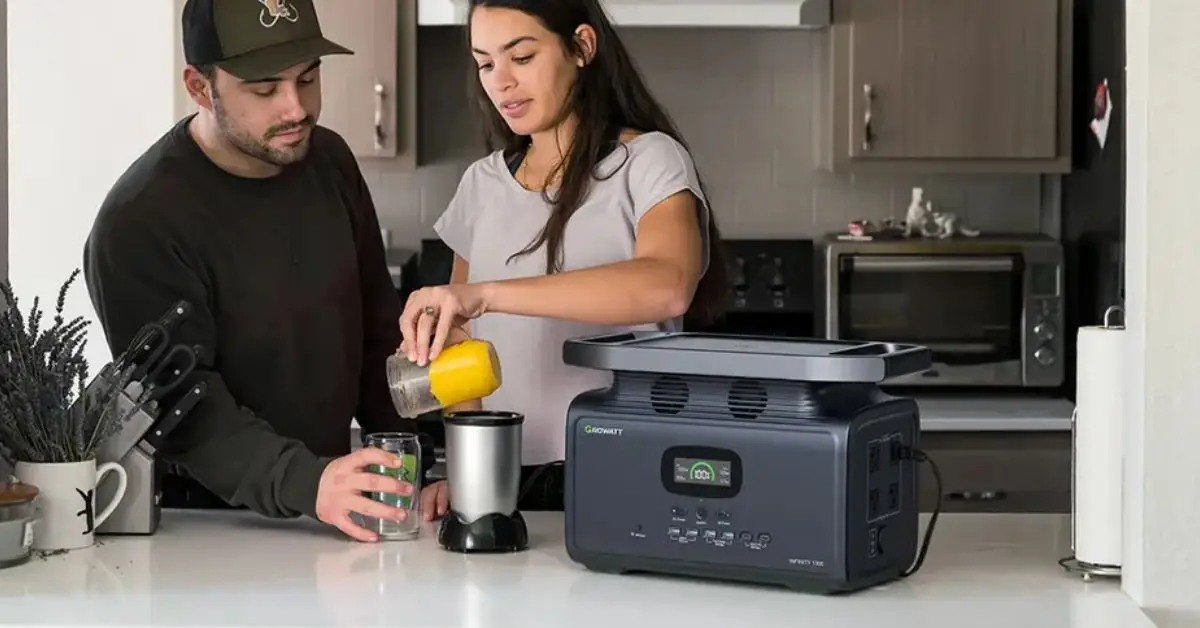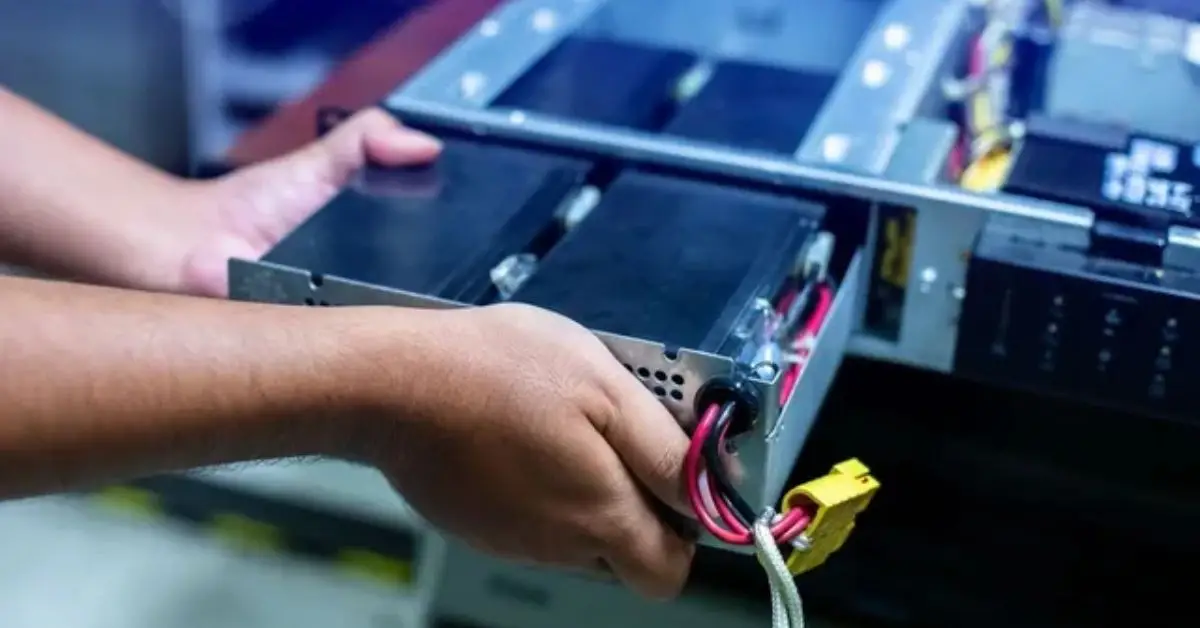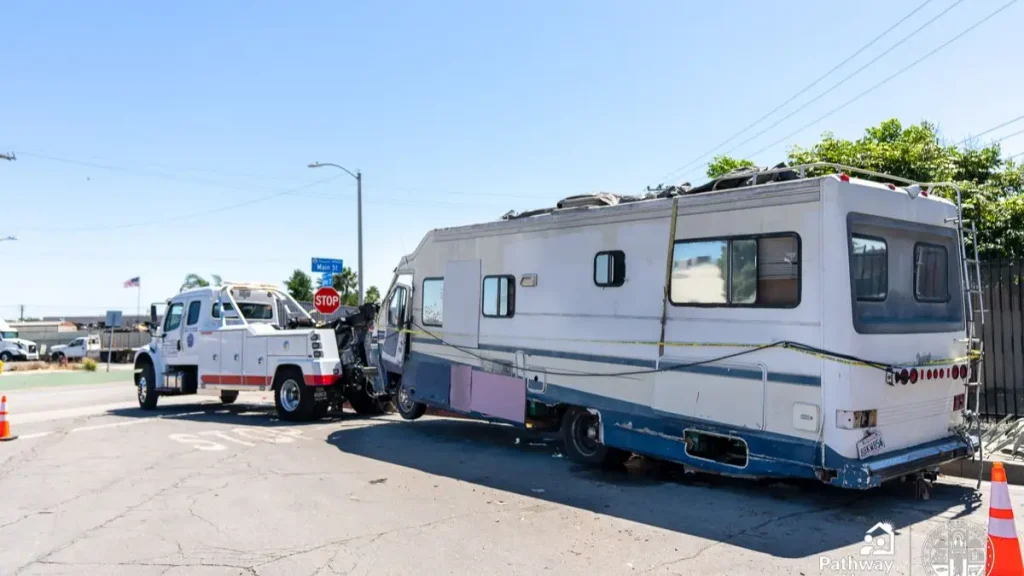8 Home Battery Systems That Can Save You Thousands During Emergencies
Last winter, a close friend in Texas told me how her family spent two freezing nights without heat after a storm knocked out power. Food spoiled, phones died, and the kids huddled under blankets while waiting for the lights to come back. If you’ve ever lived through something like that, you know how helpless it feels when the grid goes dark.
The truth is, power outages caused by storms are rising fast. Studies show that nearly 80% of major U.S. blackouts are weather-related, and they’ve more than doubled in the last decade. And it’s not just hurricanes or ice storms anymore—heatwaves and wildfires are just as disruptive.
That’s where home battery backup systems come in. Unlike noisy gas generators, these systems sit quietly in your garage or basement, ready to keep the essentials running—your fridge, medical devices, even a few lights—when everything else shuts down. Think of it as insurance you can actually use, not just a paper promise.
In this guide, I’ll walk you through the best battery backup options in 2025—what makes them different, what they really cost, and how to choose one that fits your home. My goal isn’t to overwhelm you with tech jargon but to give you the straight facts so you can make a decision that keeps your family safe and comfortable when the next storm hits.
So tell me—if the power went out tonight, what’s the one thing in your home you’d need running no matter what?
How Battery Backup Works During Natural Disasters
I get it—when people start talking about “kilowatt-hours” and “inverter loads,” it sounds like something out of an engineering manual. But let me break it down in plain language, the way I explain it to friends who ask me about backup power.
At its core, a home battery backup system is just a big rechargeable battery that stores electricity. When the grid goes down, it automatically kicks in and powers your essentials. The real question is: what kind of battery is inside, and how long can it keep things running?
- Lithium-ion vs Lead-acid
- Lithium-ion batteries are lighter, charge faster, and can cycle thousands of times before wearing out. That means you get years of reliable use.
- Lead-acid batteries are cheaper up front but heavier, slower to recharge, and don’t last as long. I’ve seen families regret choosing them when a second outage hit just days after the first.
- Safety matters too: modern lithium-ion systems come with thermal protection, while old-school lead-acid requires more ventilation and care.
- Integration with Solar Panels: Imagine if, while the storm rages, your roof is silently refilling your battery whenever the sun peeks out. That’s the power of solar integration. Pairing solar panels with a battery means you don’t just use stored energy—you can recharge during extended outages.
- Key Specs to Know Before You Buy
- Capacity (kWh): Think of this as the size of your gas tank. A 10 kWh battery might run a fridge, Wi-Fi, lights, and a CPAP machine for a full day.
- Inverter strength (kW): This decides how many appliances can run at the same time.
- Runtime: Ultimately, this is what you care about—how many hours you’ll stay powered when the grid is out.
When you understand these basics, you won’t be lost in the marketing talk. You’ll know exactly what to ask a salesperson—or what to Google before investing.
8 Best Battery Backup Systems for Storm-Proof Homes in 2025

Now let’s get into the real meat—the systems worth your attention in 2025. I’ve broken them down so you know not just their specs, but when they actually make sense for your home.
- Tesla Powerwall 3
- Capacity: ~13.5 kWh
- Best Use Case: Whole-home coverage for storms or multi-day outages
- Pros: Seamless solar integration, sleek design, strong brand support
- Cons: Higher upfront cost, installation wait times
- Generac PWRcell
- Capacity: Modular, 9–18 kWh
- Best Use Case: Families who want flexible scaling
- Pros: Reliable, modular expansion
- Cons: May need multiple units for bigger homes
- LG Chem RESU Prime
- Capacity: 16 kWh
- Best Use Case: Compact homes, space-saving setups
- Pros: Slim design, efficient charging
- Cons: Shorter warranty than some competitors
- EcoFlow Delta Pro
- Capacity: 3.6 kWh (expandable to 25 kWh)
- Best Use Case: Quick-response backup, portable storm kit
- Pros: Portable, ultra-fast charging (2 hours)
- Cons: Limited baseline capacity unless expanded
- Bluetti EP500Pro
- Capacity: 5.1 kWh
- Best Use Case: Off-grid cabins or RVs
- Pros: Built-in wheels, high output
- Cons: Heavy, limited portability
- Enphase IQ Battery
- Capacity: 10.5 kWh
- Best Use Case: Homes with existing solar panel systems
- Pros: Tight solar integration, app-based monitoring
- Cons: Smaller usable capacity compared to peers
- Jackery Explorer 3000 Pro
- Capacity: 3 kWh
- Best Use Case: Short-term emergencies, camping, evacuation kits
- Pros: Lightweight, portable, plug-and-play
- Cons: Won’t run large appliances long-term. And for homeowners in fire-prone regions, having a backup battery is only part of the plan—see how to wildfire-proof your home with these must-do steps before it’s too late.
- SonnenCore+
- Capacity: 10 kWh
- Best Use Case: Premium buyers who want durability
- Pros: Excellent lifespan, intelligent energy management
- Cons: Higher cost, limited installer network
If you want a deeper dive into rebates and incentives, EnergySage has a great guide that breaks down how the 30% federal credit works for battery systems.
By now, you can probably picture which system fits your home best. Some are built for full-house peace of mind, others are “grab-and-go” for storm evacuations. The real win comes when you align capacity + use case + budget—and that’s where most people trip up.
So let me ask you: if a storm cut your power tomorrow, would you rather have a full-home backup or just enough to keep the basics running?
How to Choose the Right Backup System for Your Home

If you’re like most homeowners I talk to, the first question is: “Which one do I actually need?” The truth is, there’s no one-size-fits-all answer. It comes down to three things—your budget, your house, and your priorities.
- Budget: A smaller $3,000 portable system might keep the lights and fridge on, while a $12,000+ whole-home unit can run air conditioning, medical devices, and everything in between.
- House Size: Larger homes need higher capacity (10–20 kWh), while apartments or compact houses can do fine with smaller setups.
- Appliance Priority List: Write down what you must keep running. For most families it’s:
- Refrigerator & freezer
- Wi-Fi/router
- Medical devices (CPAP, oxygen machines, etc.)
- Phone/laptop charging
- A few lights & fans
To give you a quick idea, here’s a simple way to think about it:
- A 10 kWh battery can usually run:
- Fridge (150 W) → 24 hours
- Wi-Fi router (20 W) → 5 days
- LED lights (100 W total) → 2.5 days
- CPAP machine (50 W) → 5 days
It’s never perfect math, but once you list your essentials, you’ll know if you need one unit or multiple.
And don’t forget safety—if anyone in your family relies on medical equipment, or if you live in storm zones where power is often out for days, investing in a bigger system is about more than convenience. It’s peace of mind.
If you live in an earthquake-prone area, it’s just as important to prepare your home’s structure as it is to back up its power—our guide on 10 smart ways to secure your home from earthquake damage can help you get started.
Cost, Rebates & Incentives in 2025
Let’s be real: backup batteries aren’t cheap. A reliable home system usually falls between $8,000 and $16,000, depending on size and installation. That can sound overwhelming at first, but here’s the good news—you don’t always pay full price.
- Federal Solar Tax Credit: In 2025, you can still claim up to 30% back on eligible battery storage systems (≥3 kWh capacity).
- State Rebates: Many states, like California and New York, offer additional rebates that stack on top of federal credits. This can shave off thousands.
- Financing Options: Homeowners often use 0% interest solar loans, home improvement financing, or even utility programs that spread payments over time.
If you want to see how the federal credit actually works, the IRS has a straightforward breakdown.
At the end of the day, yes—it’s an investment. But when you compare it against the cost of spoiled food, hotel stays during outages, or the risk of losing medical support at home, most families I speak with agree it’s worth every dollar.
Maintenance & Safety Tips for Reliable Backup

Here’s something I’ve learned after years of talking with families about power outages—owning a battery backup isn’t enough. If you want it to actually protect you during the next storm, you have to keep it in good shape. The steps are simple, but skipping them can mean the difference between a safe night and a stressful one.
- Do Monthly Checks: Open the app or check the unit display once a month. Make sure it’s charging correctly and hasn’t thrown any error codes. A few minutes of checking can prevent a major failure later.
- Keep It in a Climate-Safe Place: Batteries hate extremes—too much heat, too much cold. If yours is in the garage or basement, make sure the space is ventilated and within the recommended temperature range.
- Pair It With Surge Protection: A sudden spike during storms can damage electronics. A surge protector acts like a shield for both your battery and your appliances.
- Run Family Emergency Drills: Walk your family through the basics: which outlets to use, which appliances to plug in, and where the flashlights are. When the lights actually go out, everyone will know what to do.
Of course, batteries aren’t the only concern—if your area is prone to flooding, knowing the 7 urgent things to do if your house gets flooded can save you thousands in repairs and recovery.
Why bother with all this? Because weather-related outages are climbing fast, and they’re lasting longer than they used to (Climate Central). If storms are only getting stronger, the last thing you want is a system that fails when you need it most.
Future of Home Backup Power – What’s Next?
Home backup power is evolving quickly. With AI-powered smart grids on the horizon and electric vehicles like the Ford Lightning offering vehicle-to-home support, the way we handle outages is changing. As natural disasters rise, these systems will shift from being optional upgrades to everyday essentials.
Storms may be inevitable, but losing power doesn’t have to be. By choosing the right backup system, you can keep your home safe and connected in 2025 and beyond.
Would you rely on a battery or an EV to keep your home running in a blackout? Share your answer in the comments below.
For more expert home guides, visit Build Like New.
Disclaimer: This article is for informational purposes only. Always consult a licensed installer or energy professional before purchasing or installing a backup power system.


